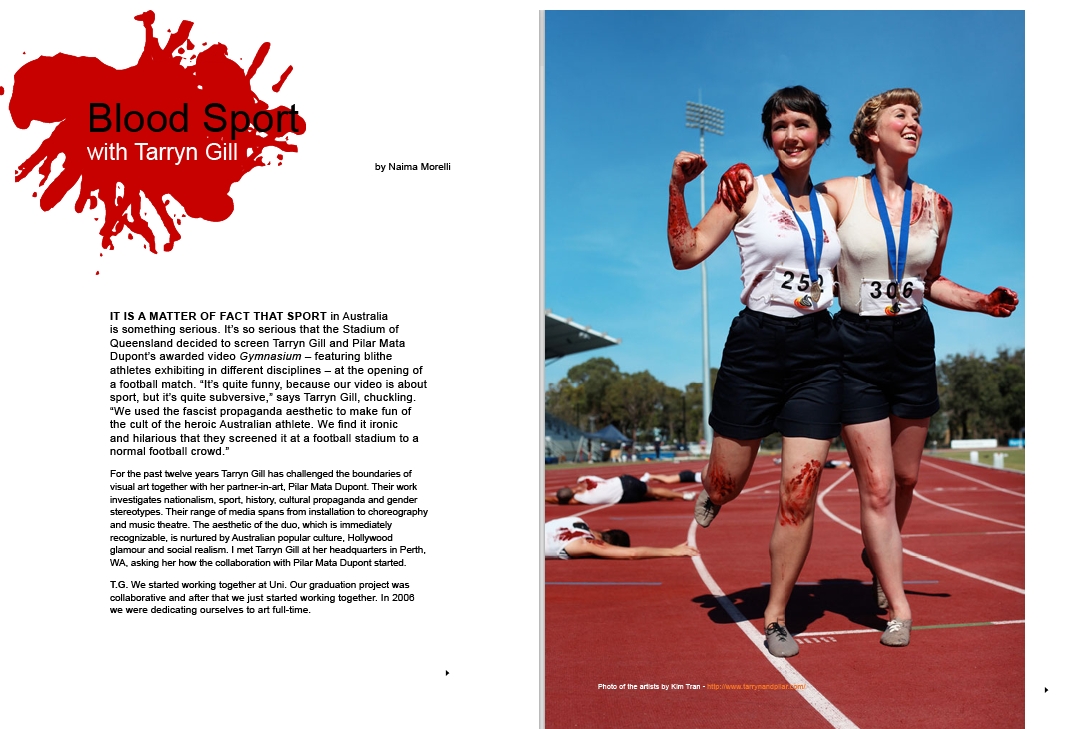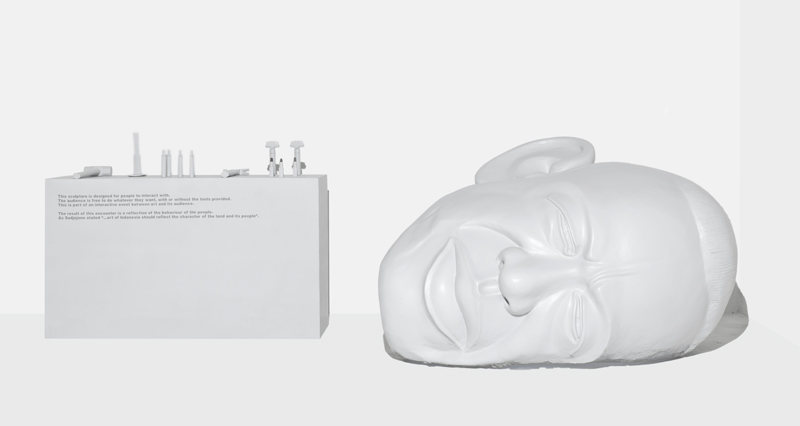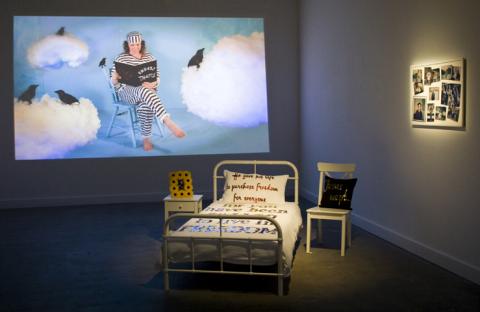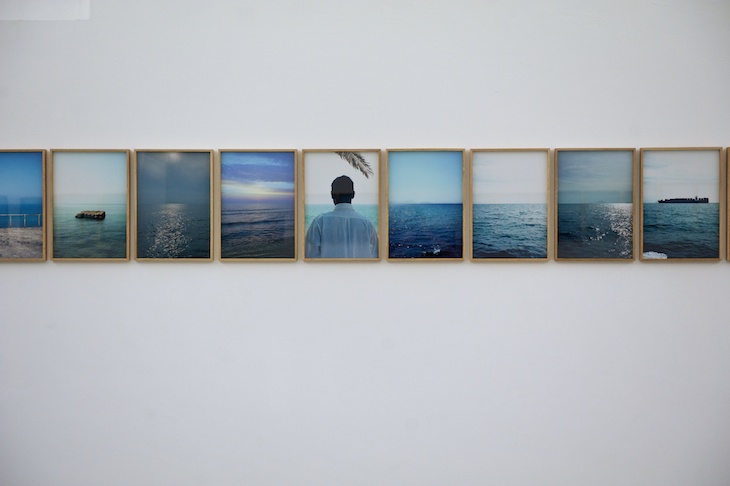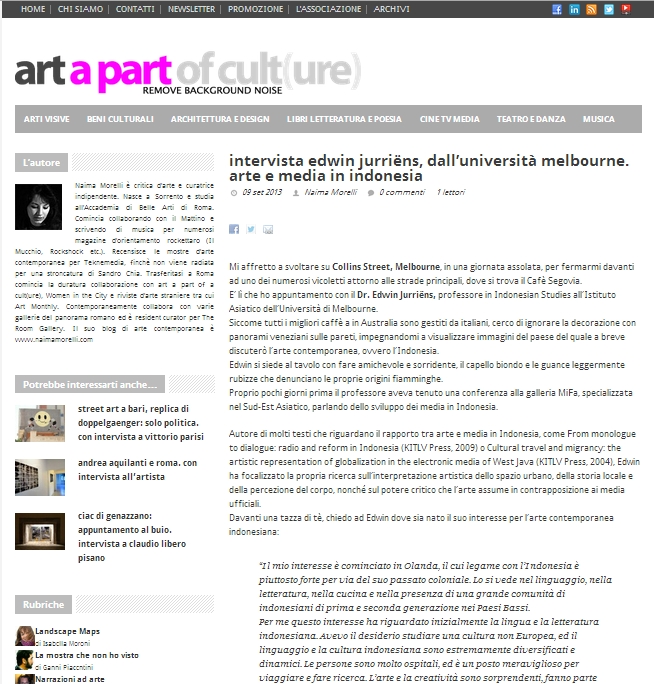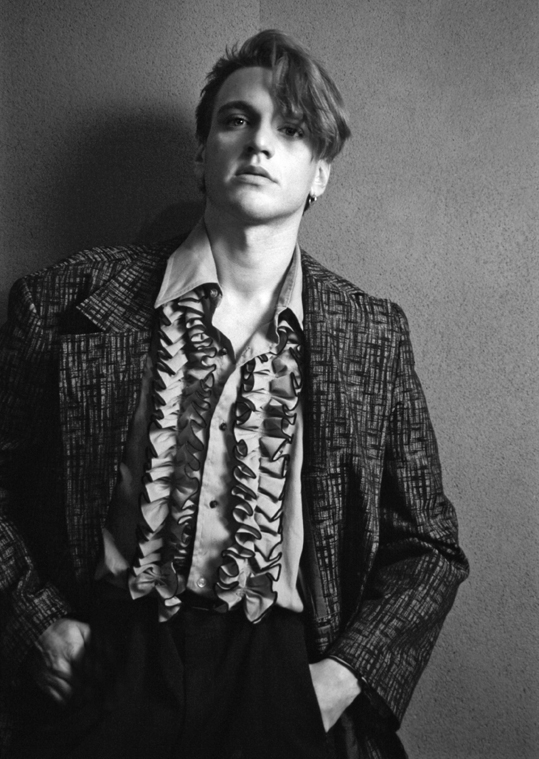
If you think that in the eighties in Italy there were just Loredana Bertè, Donatella Rettore and the Diaframma to dress weirdly, you are wrong. The eighties in Italy were truly rad. (If you are not Italian there are good chances you never hear of Loredana Bertè, Donatella Rettore and especially the Diaframma).
Anyways, if you have any doubt about the radness of the eighties in Italy, you should check st. foto libreria galleria, ironically just two steps away from the Vatican. You will be surprised to know that all the people looking at you from the pictures on the wall were actually everyday roman people, except that by night they transformed into dark eighties rockers.
The photographic work of Dino Ignani is anthropological. The portraits are almost segnaletic pictures, with a neutral background and no particular choice of light or pose.
He was “archiving” the underground dark scene of Rome. All these young people were photographed in roman discos and they dressed up for the occasion.
“It was startling to see all these people coming at the opening of the exhibition” said curator Paola Paleari ” you can tell that there were the same people of the pictures, but they look cleaned up from that dark look and even their attitude was different”.
It was an interesting choice from the st gallery to cover this less-known period of the Italian recent history, focusing on that particular community. For some it would be nostalgia, for some others even inspirational. Eighties are back.
Read More